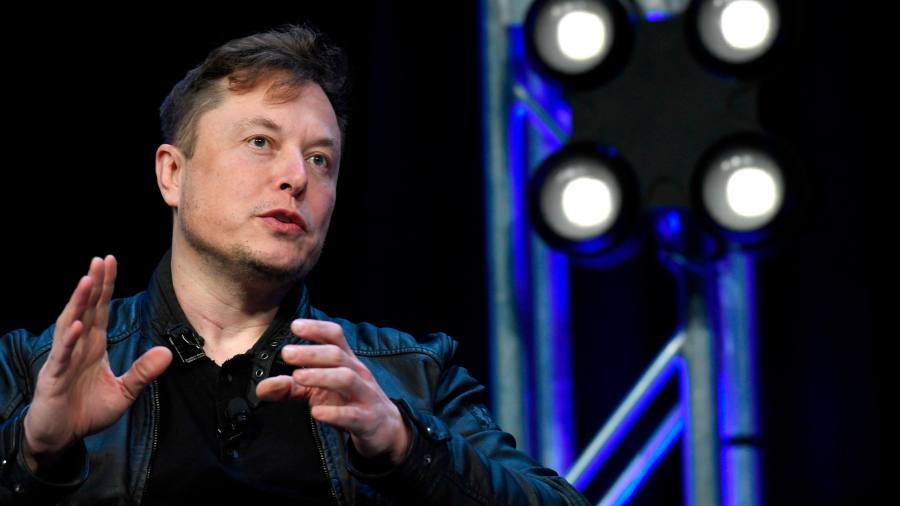
Elon Musk laid out his long-term vision for bringing payments to Twitter — which could include offering high-yield money market accounts, debit cards and peer-to-peer transactions — as the social media company filed paperwork with US authorities to become a financial services business.
The billionaire entrepreneur outlined his ideas for offering the services during a conversation with advertisers on Twitter Spaces on Monday.
In a signal that Musk is taking steps towards integrating some payments services into the platform, Twitter on Friday registered with the US Treasury as a payments processor, according to filings. Businesses involved in money transfers, currency exchange or cashing cheques are required to inform the Treasury’s Financial Crimes Enforcement Network.
Musk has a history with financial technology: in 1999, he co-founded X.com, one of the first online banks, which later became part of PayPal.
The comments are the strongest signal yet of Musk’s ambition to transform the business he bought for $44bn into an “everything app” modelled after China’s WeChat — which is a one-stop shop for messaging, payments and shopping — although the move would likely open Twitter up to new regulatory challenges.
Musk on Wednesday said that once users have paid for his $7.99 premium subscription, Twitter Blue, “now we can say you’ve got a balance on your account. Do you want to send money to someone else within Twitter? And maybe we pre-populate the account.”
He added that if users wanted to exit the system, they could link their online bank account to their Twitter account. “Then the next step would be to offer an extremely compelling money market account to get extremely high-yield on your balance,” he said. “And then add debit cards, cheques.”
The remarks follow another day of activity and experimentation at Twitter as Musk attempts to make the ailing business work amid falling advertising revenue and concerns over content moderation. He fired almost half of the company’s global workforce on Friday.
Twitter did not immediately respond to a request for comment. The New York Times first reported news of the company’s registration with FinCEN.
Confusion reigned over Musk’s attempt to change policies for verifying users on the site. Less than 24 hours after launching a “grey check mark” on Wednesday to label official accounts, Musk abruptly pulled the plug, amid uncertainty about its relationship with the blue tick, which he has made available to all users who sign up to the paid Twitter Blue service.
A Twitter product executive later clarified that the “official” label was initially only being rolled out to government and commercial entities, rather than individuals.
“Please note that Twitter will do lots of dumb things in coming months,” Musk tweeted. “We will keep what works & change what doesn’t.”
Meanwhile, the Tesla chief executive attempted to reassure advertisers that the platform would remain a safe place for brands. On the issue of impersonation, he warned that any users who use their blue check to impersonate brands or individuals would be suspended, adding “we’ll keep your $8”.
Musk, who has described himself as a “free speech absolutist”, has previously said he would not make any significant content moderation changes without convening a content moderation council.
On Wednesday he said Twitter might take “a few months” to set up the council, adding that it would be an “advisory council” rather than a “command council”.